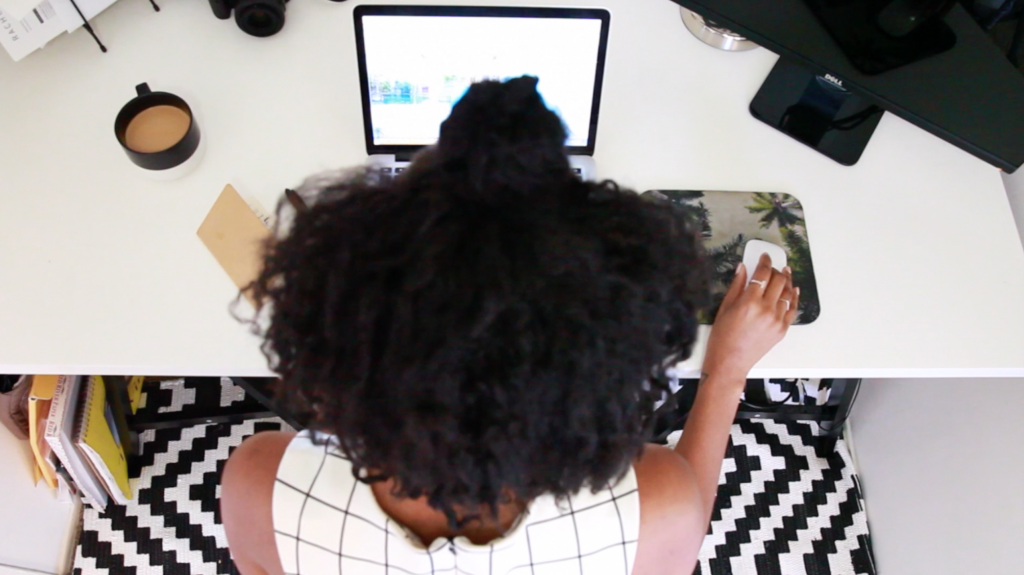Rachel is a graphic designer, and Creative Circle candidate, with 5+ years of experience working out of Los Angeles and New York. Rachel works from concept to final production working with development teams and vendors. She has designed the UI for mobile and e-commerce websites, branding, email campaigns, banner ads, social media assets, presentation decks, brochures, infographics and other various print collateral.
In a collaboration with Bunch Magazine, the magazine for daring creatives, Rachel gave us an inside look at her life as a graphic designer. Watch the video below and get tips from Rachel on how to live creative.
A Day in the Life of a Graphic Designer
6 Ways to Live Creative and Still Get Your Work Done
1. Create a routine.
Working from home can at times get a bit disorienting. Days can fly past before you realize you’ve been in PJ’s for weeks. A trick that helps for me is getting dressed, and leaving the house in the morning. I usually grab fruit / coffee at the local grocery store. The accountability / structure of getting up and getting moving helps tons to send your brain those “time to work” signals.
2. Take a break.
Its easy to get in the zone and work for hours straight. Plan a break in your work schedule, whether its to go grab lunch, run an errand, or go to the gym — that mid-day break can work wonders for that mental block that’s keeping you from wrapping up a project.
3. Plan your workweek.
Keep a journal. Try and plan out what you’ll be working on for the week ahead. This way you can space projects out over the span of a few days, let it sit, and come back to it– within your deadlines. You’ll also be able to plan in advance which days will be your light days and which days will be all-nighters.
4. Give yourself enough time.
It’s really easy to over-commit. Predicting working hours is one of the toughest challenges for freelancers. Save yourself the headache and always pad in a bit of extra time in your schedule in case the project doesn’t wrap up as quickly as you anticipated. It’s always better to be early on a project (and make a good impression) than to be late on a delivery.
5. Take notes on your projects.
Sometimes a hectic weekend can wipe out all memory of Friday’s work-in-progress. Leave yourself notes about what you’re working on. When working through feedback, checklists are always great because you can see exactly where to pick back up and what you’ve completed already. A lot of times the client’s feedback will be scattered / coming from multiple stakeholders, so a checklist will help to piece together a cohesive plan.
6. Track your hours.
In the rare case that a client challenges you on your hours, or even just has sticker shock, you’ll want to have detailed notes on what you were working on and for how long. Keeping track of this in your journal makes billing / timesheets a breeze. I like to highlight my daily hours in my journal so I can quickly page through and reference the hours worked.




